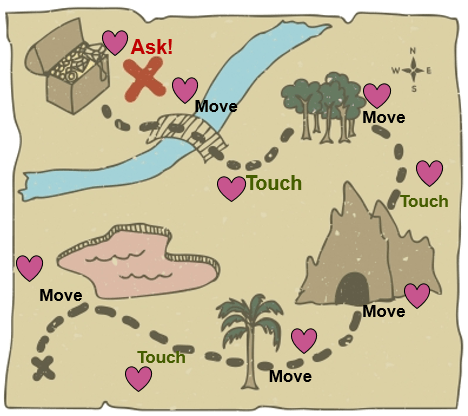8 Reasons to Start a Nonprofit Monthly Giving Program NOW
One of the key annual fundraising strategies I recommend you add (or rev up) this year is monthly giving.
It’s one of the best ways I know to move the needle in improving your mid-level giving program, and to also serve as a pipeline to acquire new donors, upgrade current donors, and influence major and legacy giving.
To help you persuade your “powers that be” this is a direction in which you should definitely be headed, I’ve invited Erica Waasdorp, pre-eminent monthly giving guru, to write a guest article on this topic. Take it away Erica!
If you don’t have a monthly donor program yet, I highly recommend you start as soon as you possibly can.
This afternoon or first thing tomorrow would be good!
Let me share with you 8 reasons why.
Details






